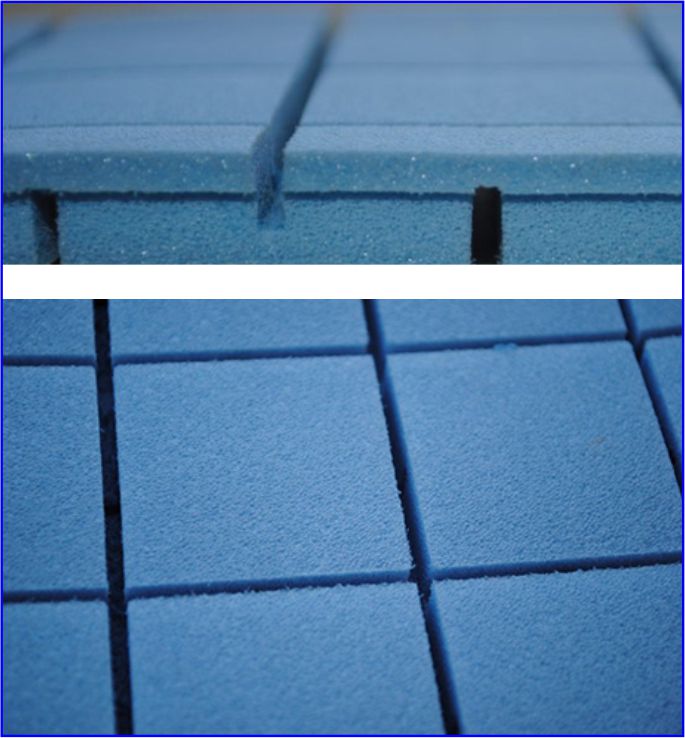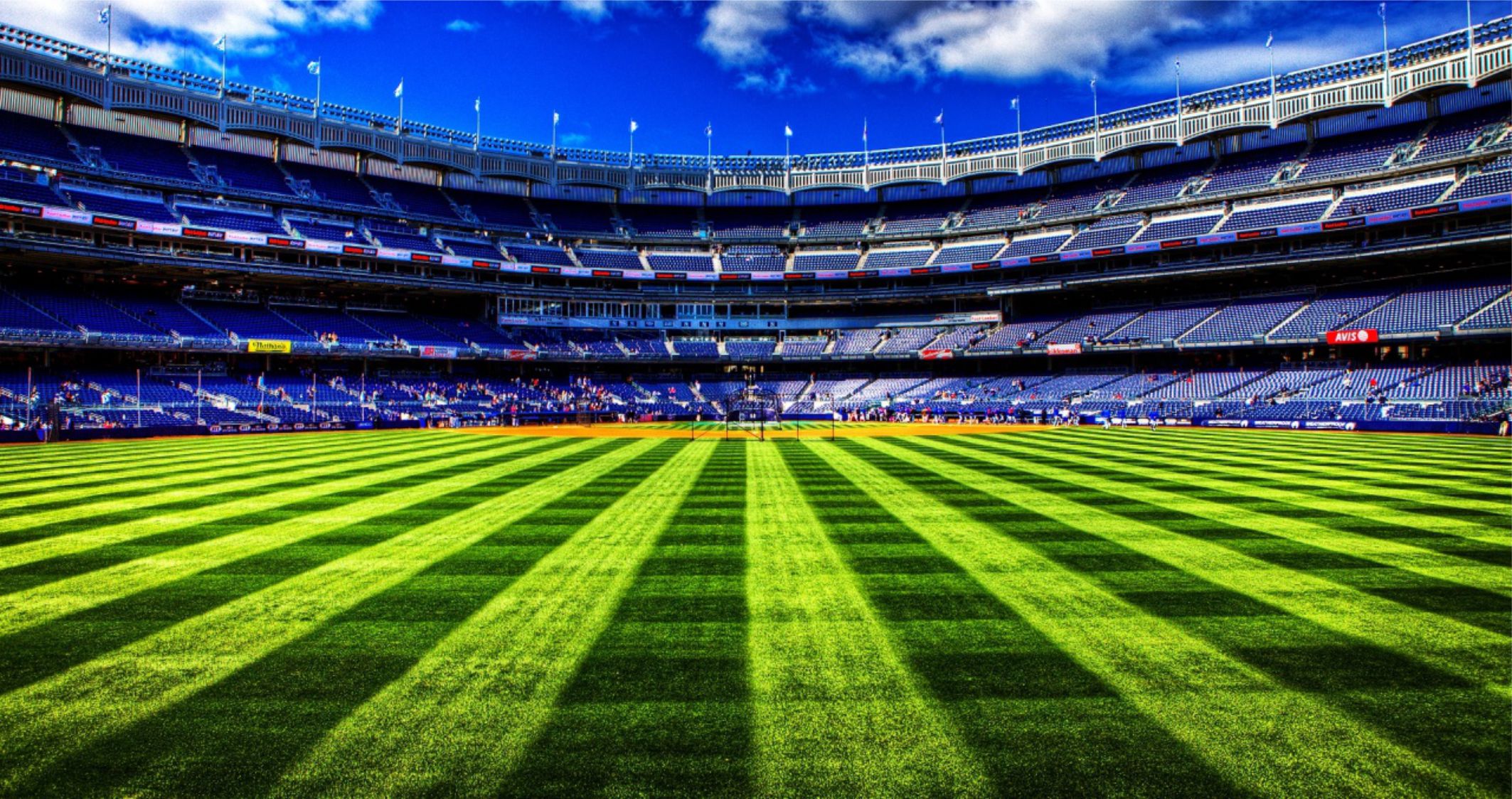

An artificial turf field is even usable at very low temperatures when a
natural grass field would be too icy and hard. On the other hand,
artificial turf can also be installed indoors.
Although the production and installation of artificial turf systems consumes more petroleum and energy than grass fields do,
the fields can be used more intensively and thereby conserve land. Artificial turf requires fewer machines and less energy than
grass fields do during both construction and maintenance.
Artificial turf requires no watering, which is especially important in hot arid climates, where municipal water supplies are limited
and grass requires constant sprinkling.

Football and multifunctional synthetic turf





Football and multifunctional synthetic turf





Multisport and tennis synthetic turf
Model: HST Multisport 13mm
Colour: green/orange/white
Application: multisport/tennis
Roll width :4 m
Roll length: on request
Dtex: 6500/1
Pile height: 13mm/curly
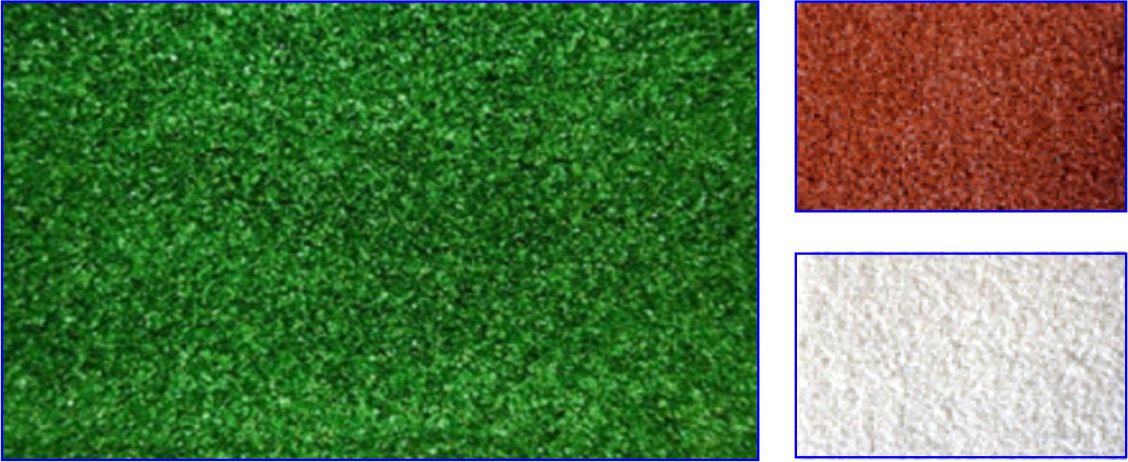
Model: HST Multisport 20mm
Colour: green/orange/white
Application: multisport/tennis/golf
Roll width :4 m
Roll length: on request
Dtex: 5500
Pile height: 20mm
Demand for silica sand: 20-22 kg / m²
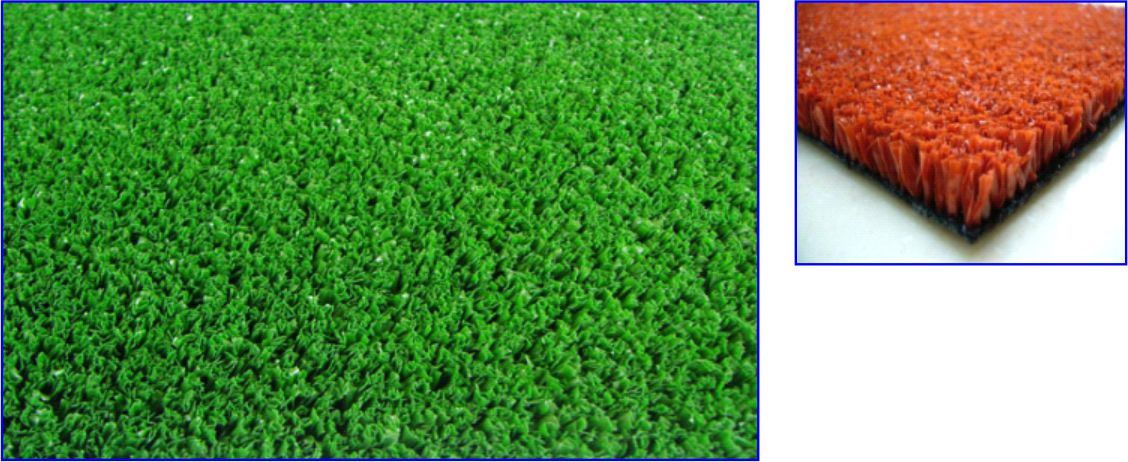
Decorative synthetic turf

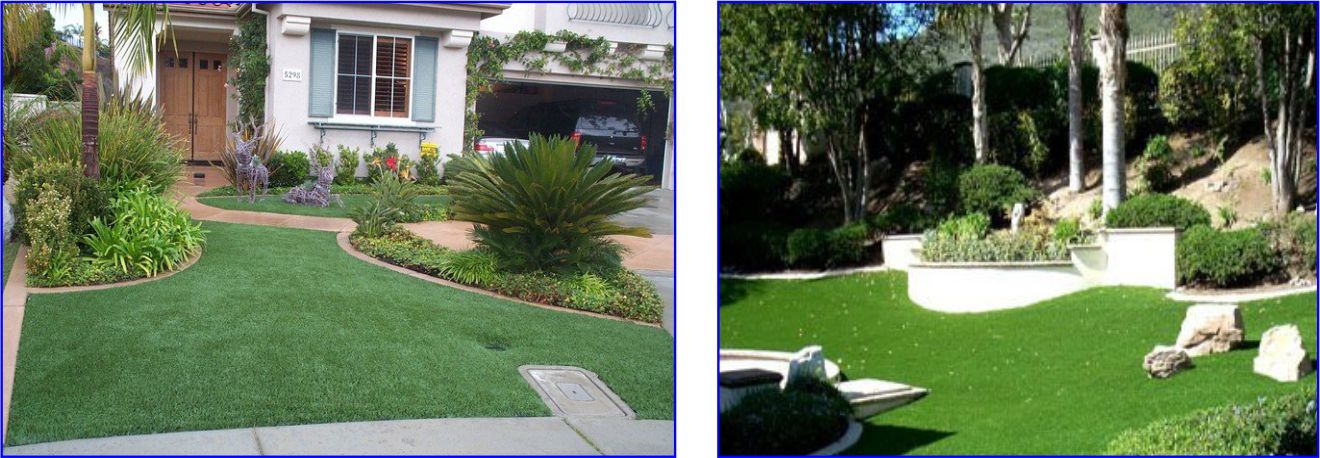

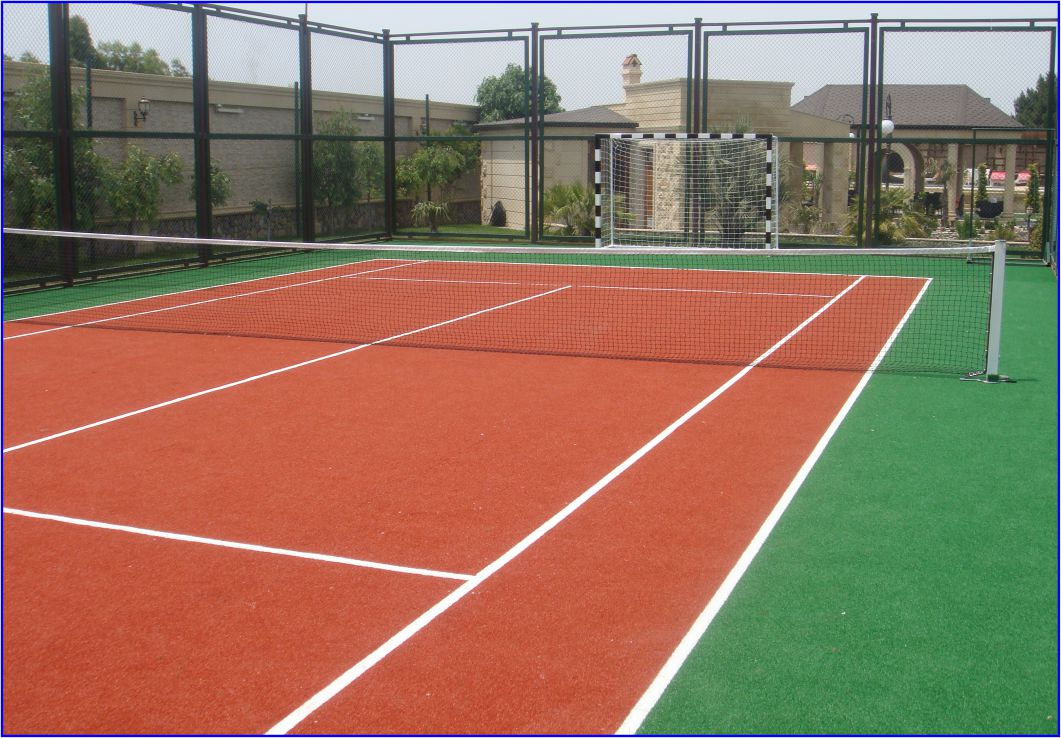
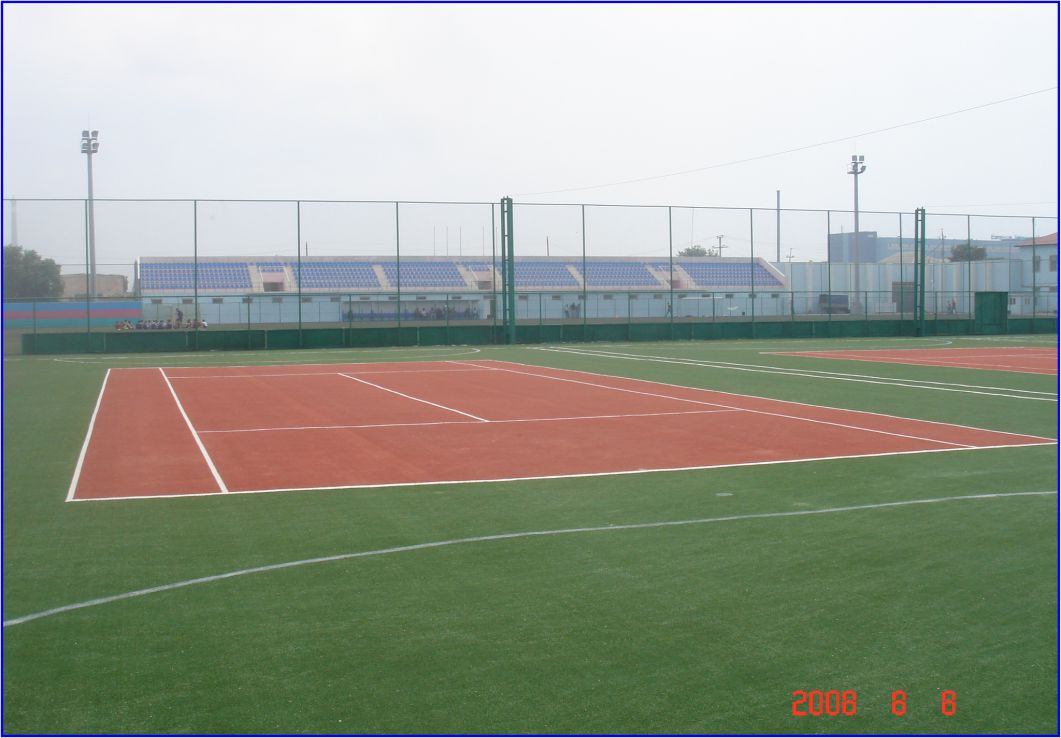
Infill components
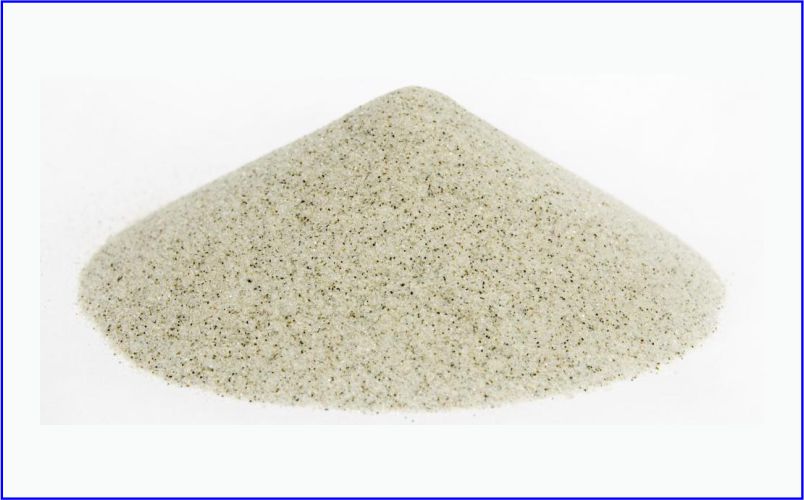
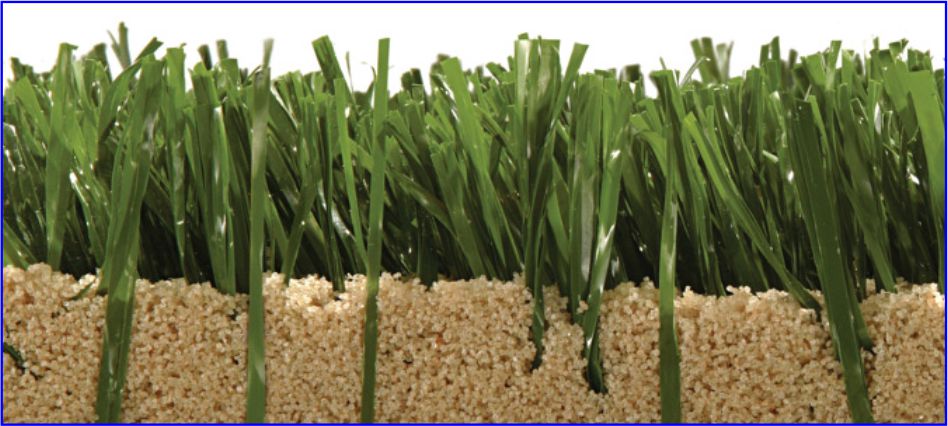
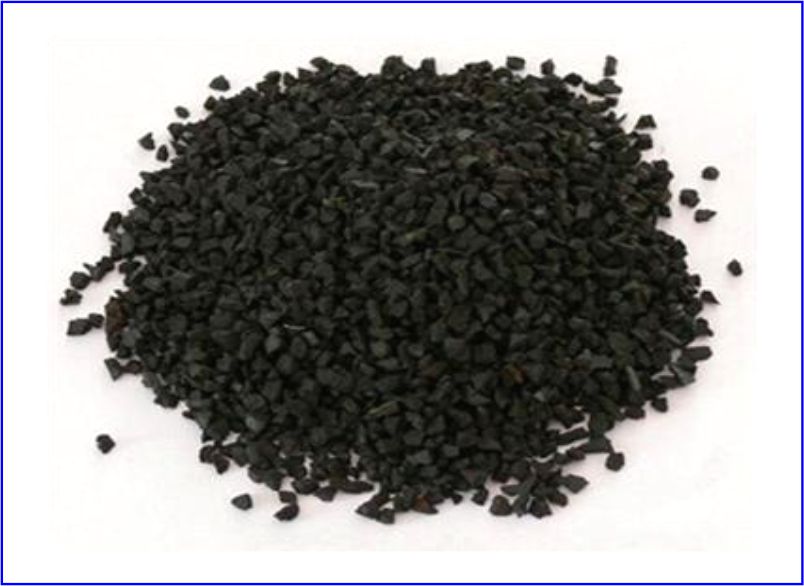
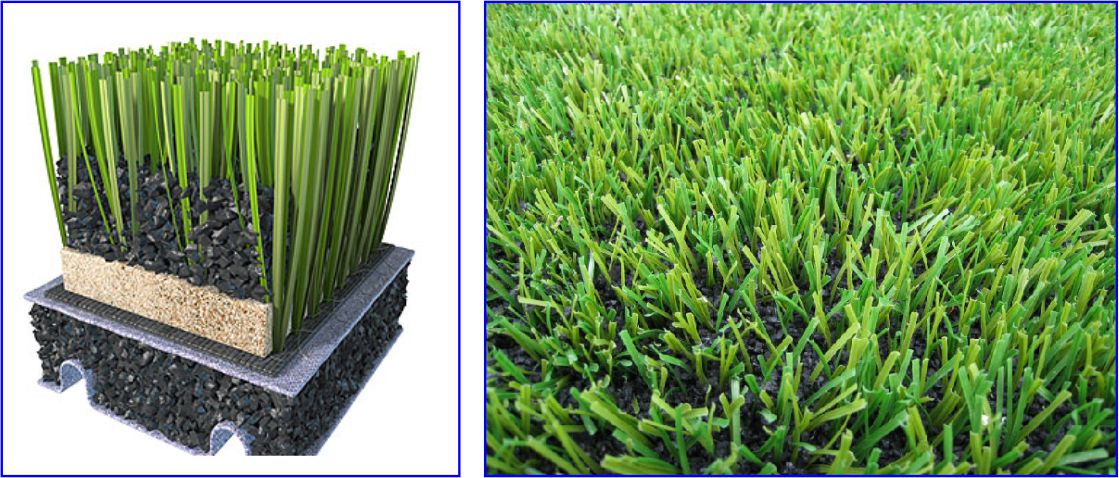
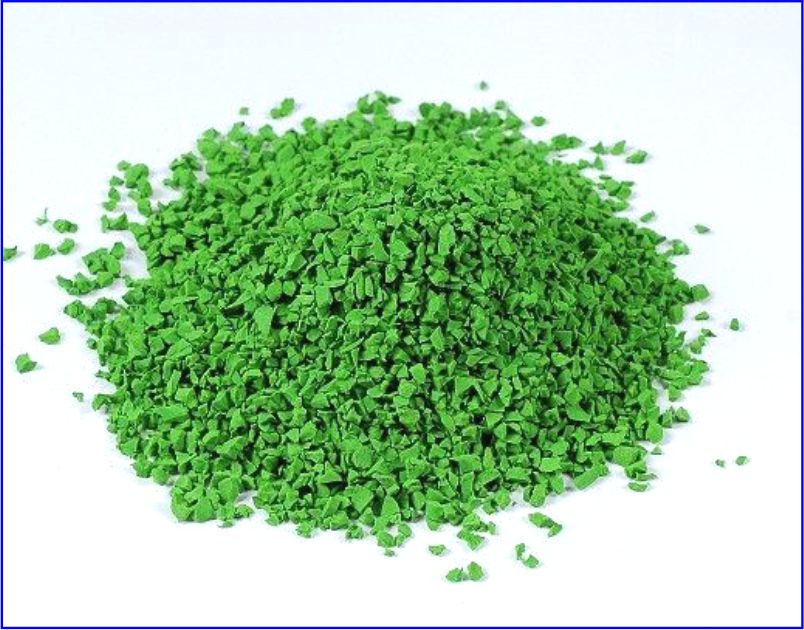
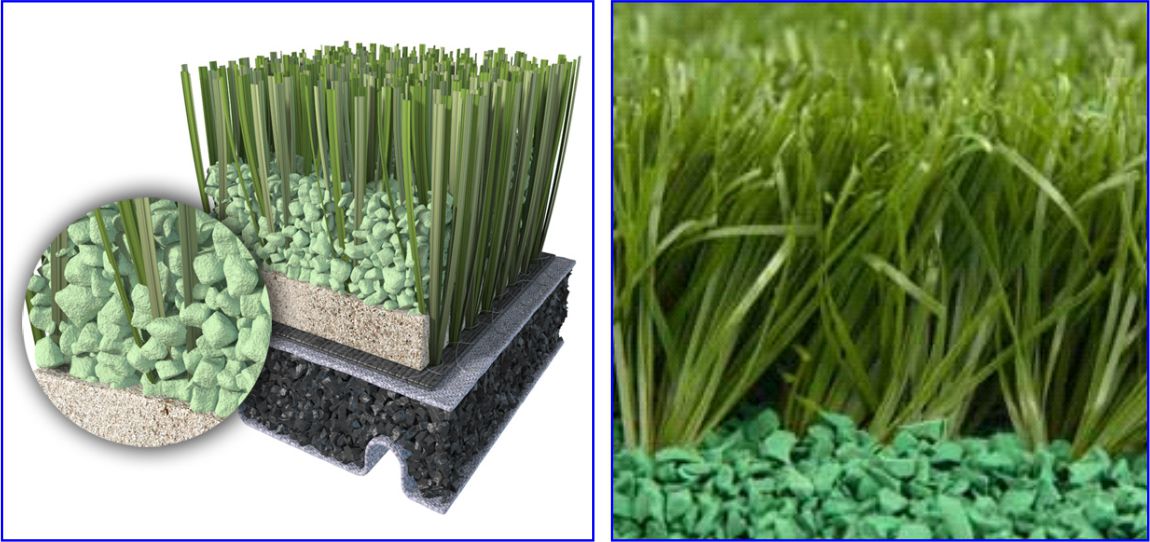

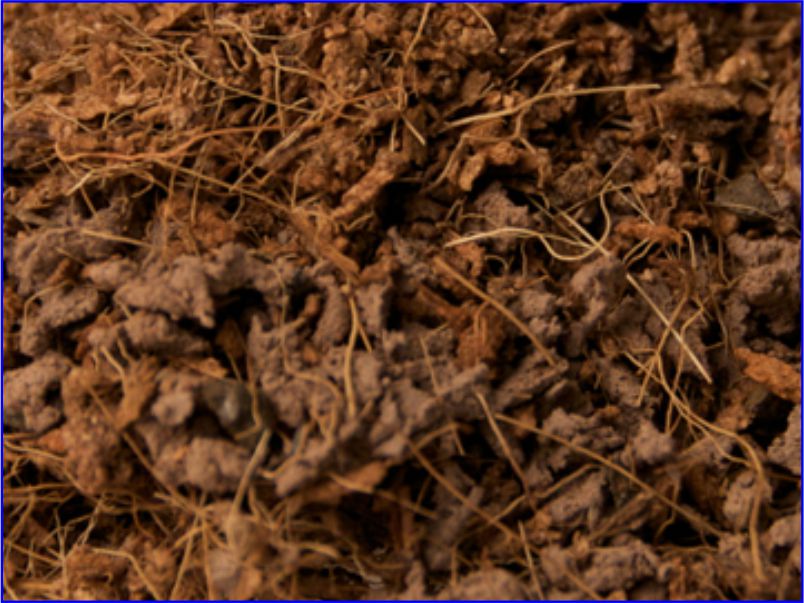


SHOCKPAD
Shock pad is of choice for artifical turf: Shock pad is an innovative patented
technical layer designed specifically for artificial turf systems for all types of field
sports. This technical layer makes up roughly 70 % of the vertical sports performance
of the overall turf system.
OPTIMIZED SPORTS PERFORMANCE
* Excellent shock absorption and energy restitution
* Reduces risk of (head) injuries
* Uniform performance over the entire field
EXTENDED DURABILITY & CONSTANT PERFORMANCE
* Product warranty of two lifetimes of an artificial turf pitch
* Retains mechanical properties for years
* No freezing of shock pad as it does not absorb water
FAST AND EASY INSTALLATION
* Can be done in one day at almost any weather conditions
* Dimensional stable even at fluctuating temperatures
* Neither special machinery nor skilled personnel required
EXCELLENT ENVIRONMENTAL PROFILE
* Shock pad is made of crosslinked closed-cell polyolefin foam which is easy to recycle
* Releases no harmful substances
SYSTEM DESIGN SUPPORT
* Extensive design and test knowledge available
* Many different artificial turf systems have been developed
* State of the art in-house test facilities
CENTER OF EXCELLENCE
* Use of virgin base materials so that the technical properties can be precisely controlled
* R & D center to stay up to date on new developments
